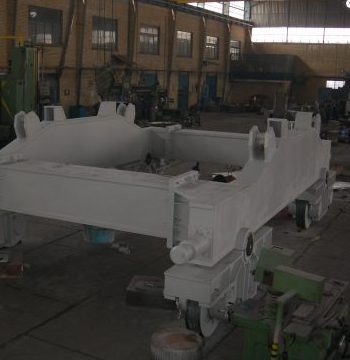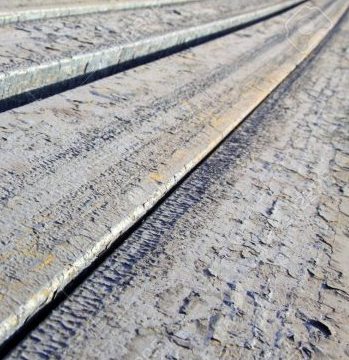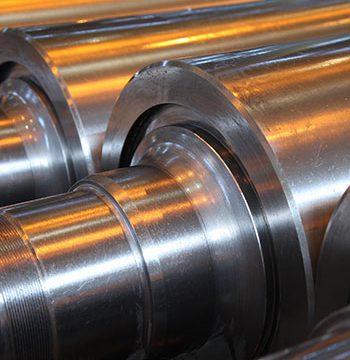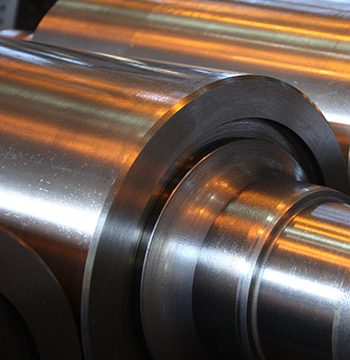Rolling Mills
A rolling mill, also known as a reduction mill or mill, has a common construction independent of the specific type of rolling being performed: Rolling mills Rolling mill for cold rolling metal sheet like this piece of brass sheet Work rolls Backup rolls – are intended to provide rigid support required by the working rolls to prevent bending under […]
See More








